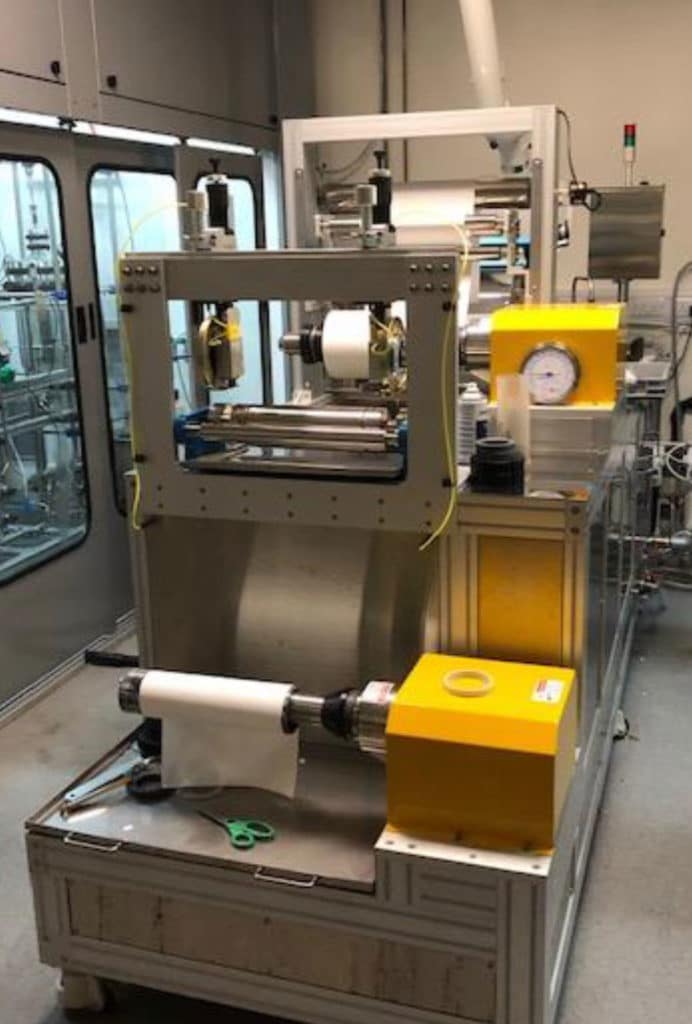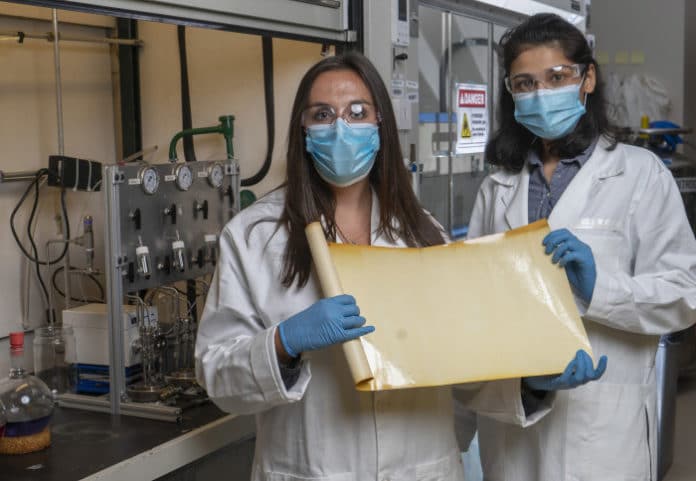Crude oil is a naturally occurring, unrefined petroleum product that is refined to produce usable products such as gasoline, diesel, and various forms of petrochemicals.
Nonetheless, the procedures used to make these byproducts are a significant source of pollutants to the air, water, and soil. It is additionally a large-scale, energy-intensive procedure that represents about one percent of the world’s energy use.
Now, scientists from the Georgia Institute Technology, Imperial College London, and ExxonMobil have developed the first synthetic membrane to separate crude oil and crude oil fractions to reduce carbon emissions and energy use associated with refining crude oil.
Tech technology substitutes the low-energy membranes for specific steps in the refining process. It is expected to contribute to a hybrid refining system that could help reduce carbon emissions and energy consumption significantly compared to traditional refining processes.
Membrane technology is as of now generally utilized in applications like seawater desalination, yet the intricacy of petroleum refining has, as of not long ago, constrained the utilization of membranes. To beat this test, the exploration group applied another polymer to a surface to create layers ready to separate the complex hydrocarbon mixtures that make up crude oil through the use of pressure instead of heat.
Scientists balanced several factors to create the right combination of solubility, which enables membranes to be formed by simple and scalable processing, and structural rigidity. This allows some small molecules to pass through more quickly than others.
Scientists demonstrated that the materials needed a small amount of structural flexibility to improve size discrimination, as well as the ability to be slightly ‘sticky’ toward certain types of molecules that are found abundantly in crude oil.

After designing the novel polymers and achieving some success with synthetic gasoline, jet fuel, and diesel fuel mixture, the team decided to try to separate a crude oil sample. They discovered that the new membrane was effective at recovering gasoline and jet fuel from the complex mixture.
Co-author Professor Andrew Livingston, of Imperial’s Department of Chemical Engineering, said: “Our team already has experience bringing membrane technology to market, with our previous invention of organic solvent nanofiltration, which is widely used in the pharmaceutical and chemicals industries.
“We worked extensively with ExxonMobil and Georgia Tech to test how we could advance our membranes to the levels required by the petroleum industry.”
Co-author Dr. Ryan Lively at Georgia Tech said: “We brought together basic science and chemistry, applied membrane fabrication fundamentals, and engineering analysis of how membranes work. We were able to go from milligram-scale powders to prototype membrane modules in commercial form factors that were challenged with real crude oil – it was fantastic to see this innovation pipeline in action.”
Professor M.G. Finn, also of Georgia Tech, said: “Much in our modern lives comes from oil, so the separation of these molecules makes our modern civilization possible. The scale of the separation required to provide the products we use is incredibly large. This membrane technology could make a significant impact on global energy consumption and the resulting emissions of petroleum processing.”
Journal Reference:
- Kirstie A. Thompson et al. N-Aryl–linked spirocyclic polymers for membrane separations of complex hydrocarbon mixtures. DOI: 10.1126/science.aba9806
